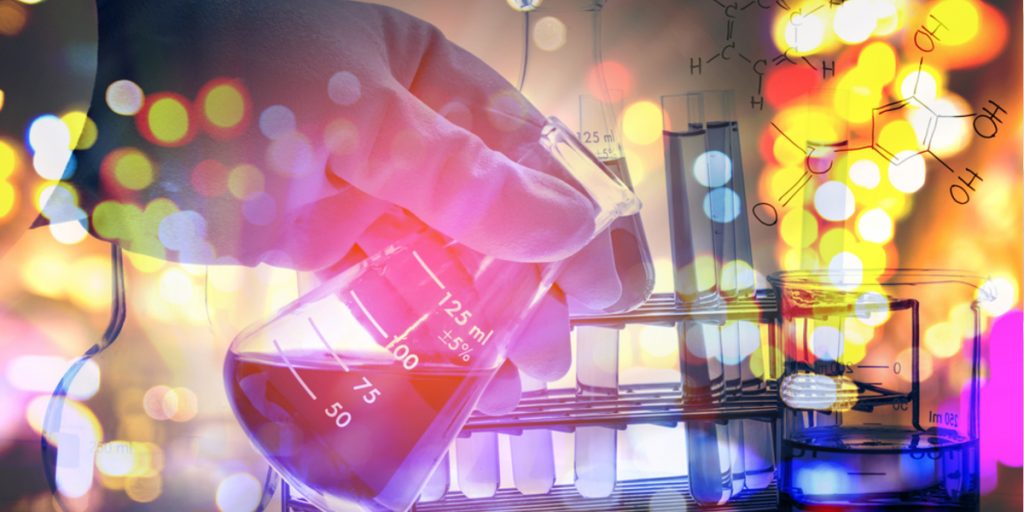Should stem cells be regulated by the U.S. Food and Drug Administration (FDA) as drugs? This is a complex question and one that the FDA has continued to refine over the past several years.
FDA Regulation of Stem Cells
In the United States, cellular therapies are regulated by the FDA’s Office of Cellular, Tissue, and Gene Therapies (OCTGT) within the FDA Center for Biologics Evaluation and Research (CBER).
According to the FDA, the Center for Biologics Evaluation and Research (CBER) regulates:
- Cellular therapy products
- Human gene therapy products
- Certain devices related to cell and gene therapy
CBER is responsible for regulating HCT/Ps and it has two different paths for cell therapies that it constructed to reflect what it considers to be “relative risk”, called “351” and “361” products.
These 351 products require clinical trials to demonstrate safety and efficacy, while 361 products do not require clinical trial data.
The numbers (351 and 361) refer to the areas of the FDA code that describe each regulatory pathway.
Autologous Stem Cells
For autologous stem cells, an important consideration is whether the use of autologous stem cells should be regulated under the practice of medicine.
In many surgical procedures, a graft is taken from another site of a patient’s body and transplanted into a different part of the body.A clear example of this occurs during the repair of a patient’s anterior cruciate ligament (ACL).
During orthopedic repair of an ACL tear, the surgeon removes removes part of a patient’s hamstring tendon and uses it as a new ACL “substitute.” This procedure is known as Hamstring Tendon Graft Reconstruction (HTGR).
When extracting stem cells from a patient for use in the same patient, the process can be similar.
For example, stem cells may be extracted from a patient’s bone marrow (hip) and then re-injected into another site, such as the patient’s knee.
For cases in the which the cells are “minimally manipulated” (per the FDA’s definition), these cells are considered a 361 product and do not require a clinical trial. However, the moment, the cells are manipulated by the treatment provider, they become classified as a 351 product by the FDA and do require a clinical trial process.
Pluripotent Stem Cells
What makes the regulation of human cell and tissue based products (HCT/Ps) complex is cell types can vary substantially in their differentiation capacity. Unsurprisingly, undifferentiated cells have greater potential for proliferation, and therefore, have higher risks associated with use.
One high risk cell type is the embryonic stem cell (ESC), a type of cell created from abandoned or unneeded embryos at fertility clinics. There are also induced pluripotent stem cells (iPS cells), which are adult cells that are reverse engineered to be pluripotent in nature. This allows them to become a diverse range of adult cell types.
Functionally, iPS cells are similar to embryonic stem cells in their therapeutic potential.
These pluripotent ESCs and iPS cells have greater risks associated with use, because they have the potential for uncontrolled proliferation (cancer).
They are also highly regenerative and have the potential to treat a wide range of diseases.
Multipotent Stem Cells
In contrast, adult stem cell types like mesechymal stem cells (MSCs) and hematopoietic stem cells (HSCs) are much safer, because they are multipotent and not pluripotent.
Multipotent stem cells can self-renew and differentiate into a specific range of cell types, but are limited in their differentiation potential. An excellent example of a multipotent stem cell is the mesenchymal stem cell (MSC).
MSCs can differentiate into a limited number of cell types, such as osteoblasts (bone cells), myocytes (muscle cells), adipocytes (fat cells), and chondrocytes (cartilage cells).
Differentiated Cells
There are also approximately 200 different types of specialized cells, for example, skin cells, brain cells, blood cells, and more. These cells are fully differentiated and cannot become any other cell type.
While being fully differentiated makes these cells very safe for therapeutic use, it also limits their potential for use in regenerative medicine.
